Figures & data
Figure 1 Deficiency of retroplacental sonolucent zone.
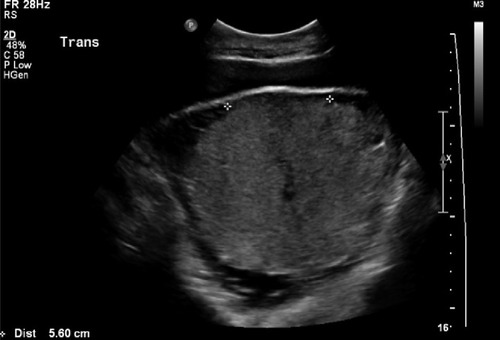
Figure 2 Vascular lacunae.
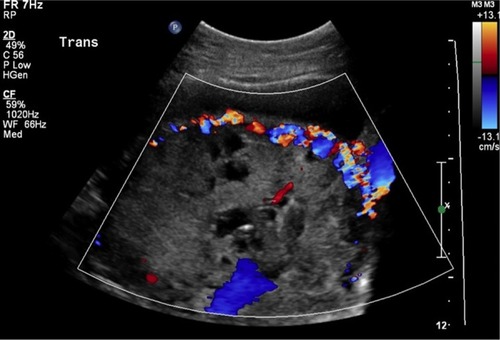
Figure 3 Myometrial thinning.
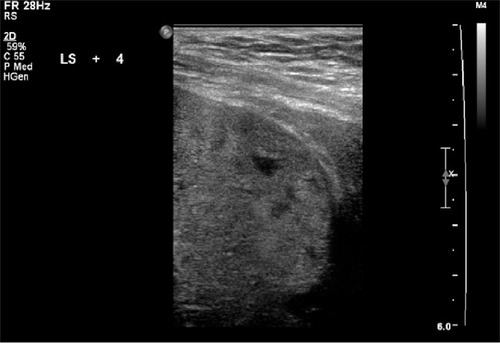
Figure 4 Interruption of bladder line.
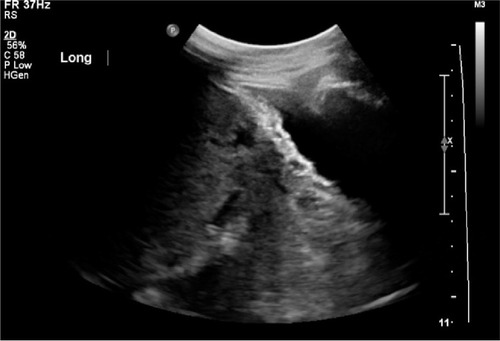
Table 1 Summary of sonographic features of placenta accrete
Figure 5 Ultrasound examination with Doppler study showing a major anterior placenta previa accreta with bladder wall involvement.
Abbreviation: MRI, magnetic resonance imaging.
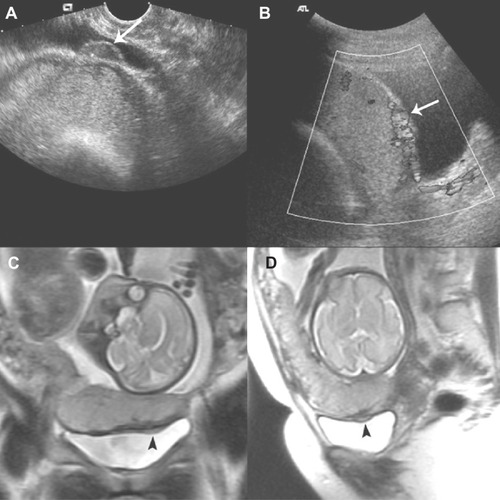
Figure 6 Thin and very vascular uterine lower segment at the time of cesarean section.
